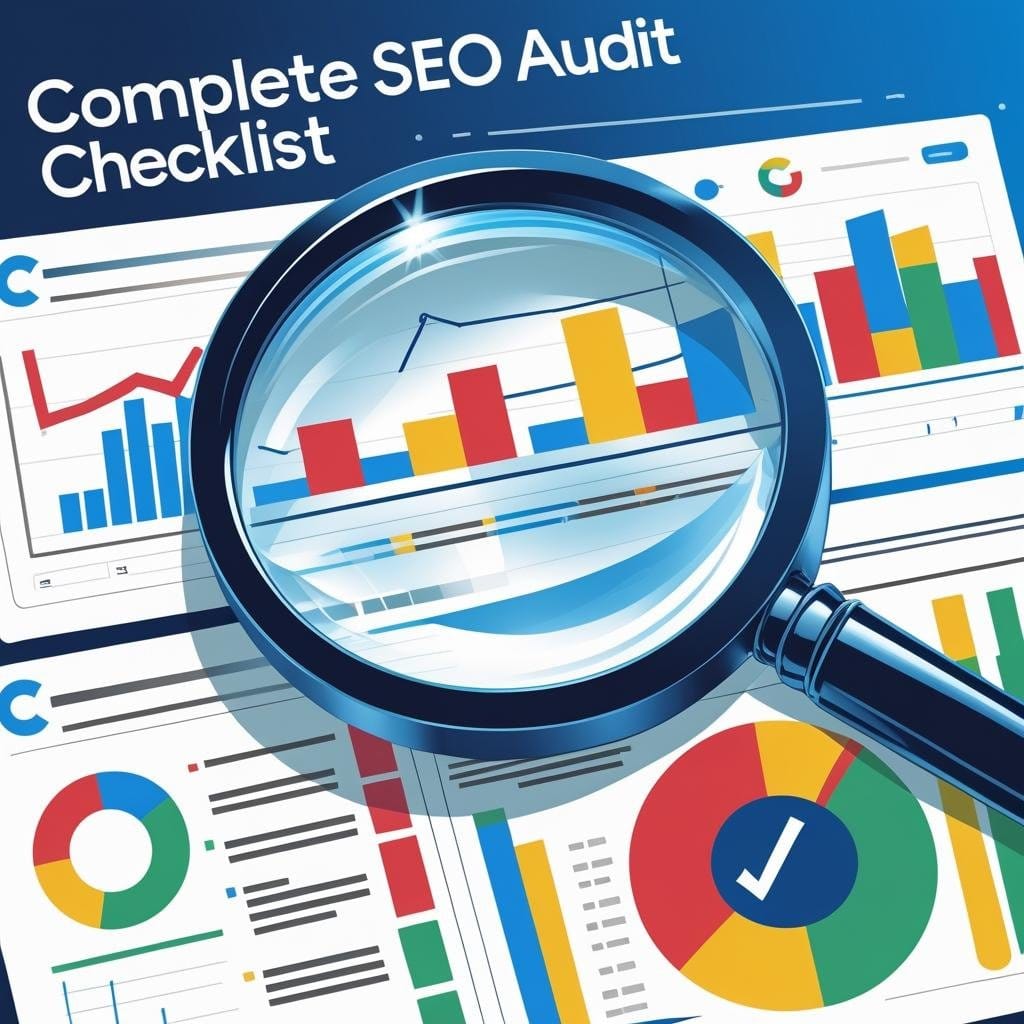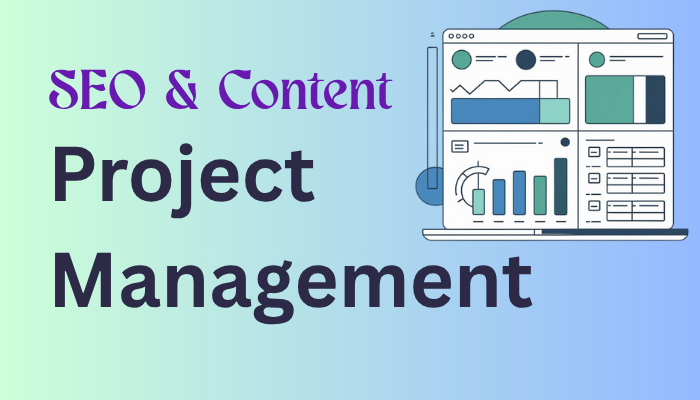Must-Read July News: Core Updates, AI Mode + More

Hey gang, happy July!
Hope you've got a blissfully work-free summer on deck (or at least some sunshine between deadlines). Meanwhile, Google has other plans. Looks like July’s shaping up to keep SEOs fully caffeinated.
Here is the news:
Yup, Google just dropped a core update!
Google says this update is designed to “better surface relevant, satisfying content for searchers from all types of sites.”
That “all types” line stands out. Could signal more visibility for small blogs or lesser-known sites—if the content holds up.
Reminder: What’s a core update, anyway?
A core update is a broad change to Google’s ranking systems.
It’s not targeting one specific issue (like spam or product reviews) instead the algorithm itself is adjusted, often looking at how relevance and quality are assessed overall. Pages can rise or fall dramatically, even if nothing changed on the site itself.
Lately there is an odd pattern in core updates dropping around the time of major AI rollouts by Google. This update might tie directly into their latest breakthrough, MuVERA - Google's new multi-vector search.
What MuVERA Means for SEO
MuVERA lets Google match fragments of queries to fragments of pages—faster and more precisely. That sounds (and is) very technical, so let me try to break it down.
Instead of needing your entire article to be about one query, Google can now match:
- One sentence in a long post
- A paragraph in an FAQ
- A subheading buried halfway down
That changes how content is ranked.
Here’s what it means:
- ❌ Shallow content gets skipped – If your page doesn’t fully answer the query, it’s getting sidelined.
- ❌ Broad, high-authority pages may win – Even if your guide is better, a section of a bigger page might outrank it.
- ❌ Partial matches matter more – A small paragraph can now beat your whole post.
- ❌ Less transparency – It's harder to reverse-engineer why something ranks.
- ❌ Big sites have an edge – They have more structured, layered content for Google to match.
Bottom line:
Your content needs to be structured, thorough, and intentional. It’s not enough to rank for the topic—you need to cover the specific intent behind every query.
The Complete SEO Audit Checklist + AI Prompts
If you haven’t run a full audit lately, this checklist breaks it down step by step. It’s designed to help you surface what’s working, what’s underperforming, and where to focus next.
What it covers:
- Benchmark your current performance and identify pages losing traction
- Fix crawl errors, site speed issues, and other technical blockers
- Audit metadata and on-page content to spot gaps and outdated info
- Analyze your backlink profile and find link-worthy content patterns
- Review local SEO signals if relevant (GBP, directories, reviews)
- Build a clear action plan based on priority and effort
Each step includes optional AI prompts to help you move faster, automate research, and get clearer answers from your audit.

AI Mode and the Future of Search
In a recent interview with Lex Fridman, Google CEO Sundar Pichai explained how AI Mode is being used as an experimental first experience: a testing ground for how people engage with search differently when responses are generated by AI.
Learnings from AI Mode are being used to evolve both traditional search and AI Overviews.
It’s not the permanent default (yet), but it’s influencing how ranking, results, and visibility work across the board.
What this means for SEO:
| Insight | What to Do |
|---|---|
| AI Mode is the testing ground | Watch what’s picked and reverse-engineer it |
| Search is being trained by AI Mode usage | Treat AI Mode visibility as a signal of future performance |
| Traditional links still matter | But modular, quotable content has more value than ever |
| AI Overviews are evolving fast | Structured content wins; surface-level posts fade |
How AI Mode Works for SEO
Recently Mike King over at IPullRank did a Webinar on AI mode that broke down how it worked and analyzed its functionality. The video discussed how this new search experience (AI Mode) changes how information is retrieved, selected, and displayed—and that those same systems are influencing AI Overviews and traditional Search results too.
Here’s how the process works:
- Query Fan-Out
Google rewrites your search into multiple sub-questions behind the scenes. - Multi-Vector Retrieval
Using systems like MuVERA, Google searches for the best matching passages, not just pages. - Answer Composition
Google’s LLM pulls snippets from different sources and generates a composite answer—with citations.
This means ranking now depends on how well a section of your content answers a sub-question—not whether your entire post is about the topic.
Still a little technical? Here's an example
Let’s say someone searches: “how to draw a cat.”
Google might silently break that into:
- How do you draw cat ears?
- What shape should a cat’s tail be?
- What do realistic whiskers look like?
Then it pulls the clearest answer for each sub-question from across multiple pages—your site might get cited for just one well-written paragraph.
What You Should Do Now
✅ Use subheadings and semantic HTML
✅ Break up content into standalone, snippet-friendly blocks
✅ Include semantic triples (e.g., “Whiskers help cats detect objects”)
✅ Anticipate and answer follow-up questions inline
Your goal isn’t to dominate the entire SERP. It’s to own a specific moment of clarity that Google wants to quote.
LLMs Are Gullible (But Not Smart)
In a recent study, researchers found LLMs are easily swayed by:
- Repeating the search phrase
- Keyword stuffing
- Obvious signals like “This article is about…”
Even when the actual content is low quality.
So: AI tools pulling from the web aren’t evaluating credibility. They’re choosing content that looks on-topic.
⚠️ But keyword stuffing still kills your real SEO rankings. Don’t do it.
📖 Full study: https://arxiv.org/pdf/2402.11782
AI Overviews Are Eating the SERP
Mark Traphagen shared data showing AI Overviews are appearing more often inside results, not just at the top.
That means:
- Less space for links
- Informational content is losing clicks
- Transactional intent matters more than ever
Spy on ChatGPT’s Ranking Brain
New tool alert:
Install ChatGPT Path
It shows you:
- What ChatGPT actually searched
- What sites it pulled from (even hidden ones)
- Its full reasoning steps
- Plus: CSV export so you can analyze everything
💡 Use cases:
- See what content ranks for “best vegan food in Malmö”
- Grab geo-optimized terms it favors
- Find out which competitor content gets picked—and why
If you want LLMs to cite you, this shows you how to make it happen.
Quick Tips and Prompts
Get advice + prompts on preparing for personalized search and mining reddit psychographics using ChatGPT to better inform your SEO, content and marketing strategies.






